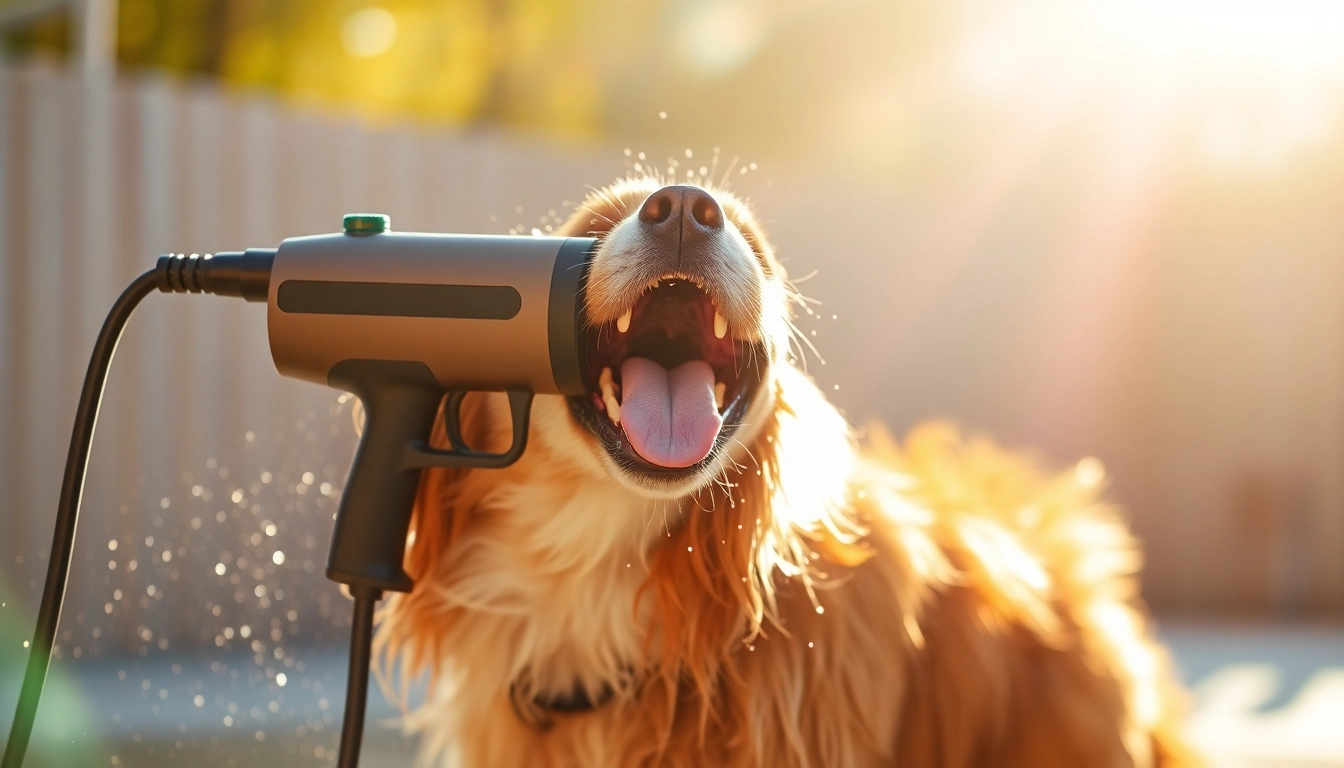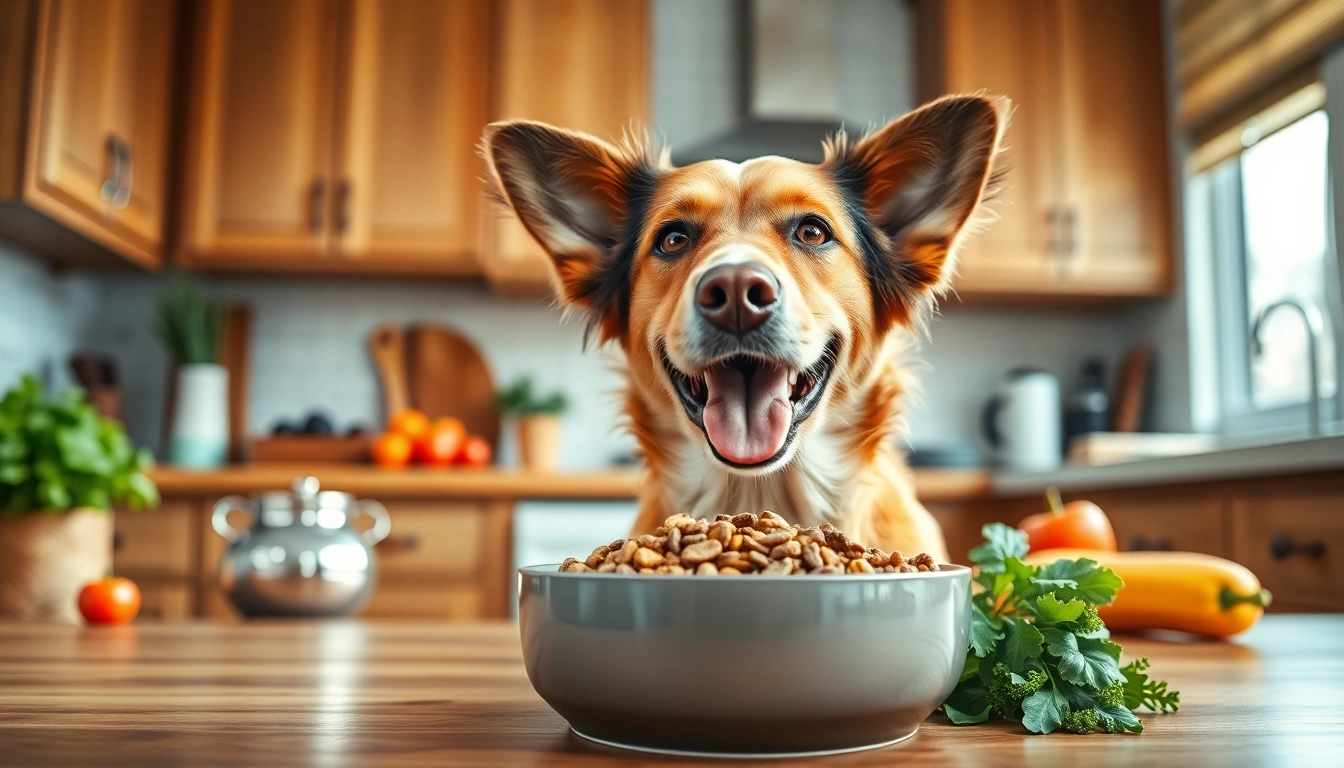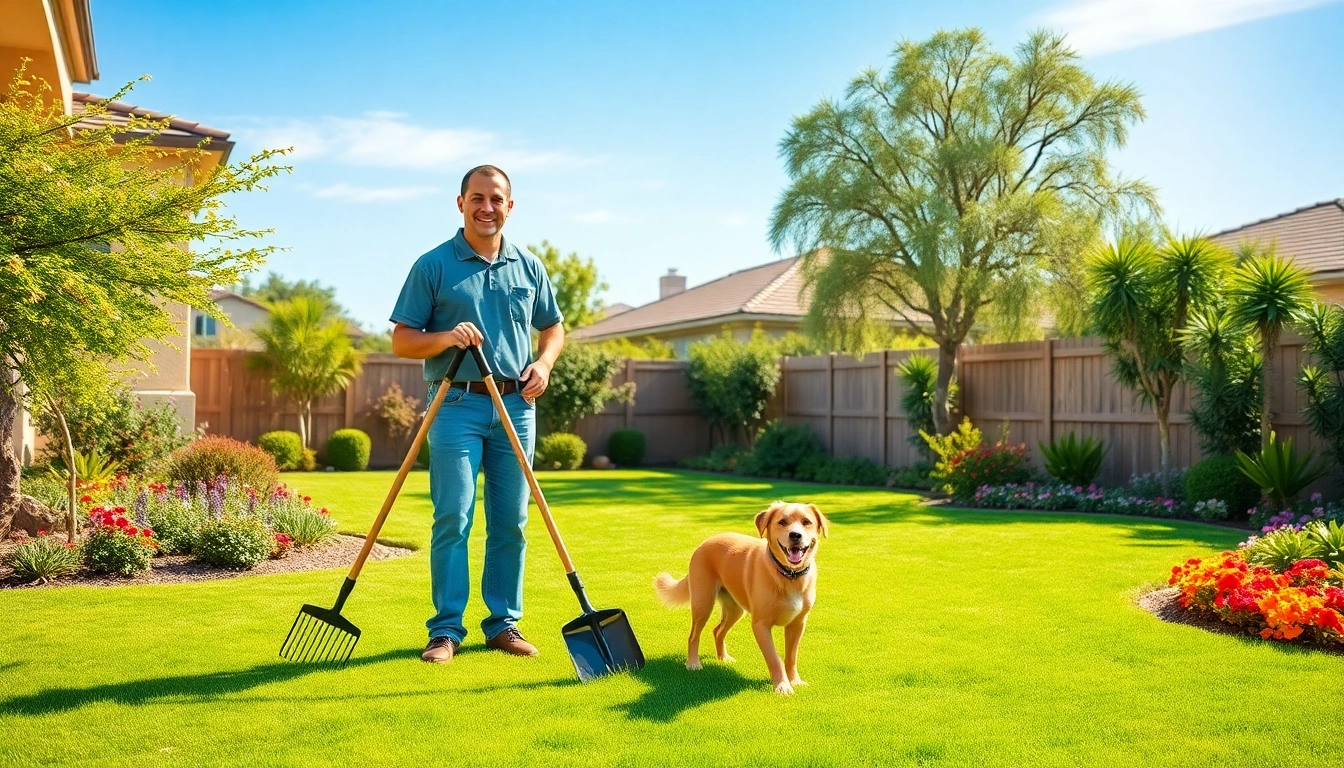Understanding the Importance of Cleaning Up Dog Poop
Cleaning up after our furry friends is often seen as a mundane chore, but it has essential implications for our health, the environment, and our communities. Properly disposing of dog waste is not just a matter of aesthetics; it’s a critical aspect of responsible pet ownership. When considering how to clean up dog poop, it is important to recognize the broader importance of this routine task.
Why Cleaning Up is Essential for Your Community
When dog owners neglect to pick up after their pets, it can lead to a host of community issues. Dog waste left in public spaces can become a source of nuisance and potential health hazards. Communities may find their parks and sidewalks less enjoyable, as unmanageable waste can contribute to a negative public image. Furthermore, local governments often face increased cleanup costs, which can divert funds from other community services.
Health Concerns Associated with Dog Waste
Dog feces can harbor harmful bacteria and parasites that pose health risks to both humans and other animals. Pathogens such as E. coli, Salmonella, and Giardia can be transmitted through contact with contaminated waste. Children playing in parks, adults walking barefoot, and other pets in the vicinity are particularly vulnerable. By cleaning up promptly, pet owners can significantly reduce the transmission risk of these diseases, promoting a healthier community.
The Environmental Impact of Neglecting Waste
Beyond public health concerns, dog waste is a leading pollutant in urban environments. When it rains, feces left on the ground can be washed into storm drains, ultimately entering waterways. This pollution not only harms aquatic life but can also contaminate drinking water with harmful pathogens. It is essential for dog owners to understand their role in maintaining a clean environment and take action to prevent such fallout.
Choosing the Right Tools for Cleaning Up Dog Poop
Having the right tools can make the task of cleaning up dog poop quicker and more efficient. Depending on your preferences and your dog’s habits, the following options may suit your needs.
Comparing Pooper Scoopers: What Works Best?
Pooper scoopers come in various styles, from traditional handheld scoops to longer, ergonomic designs that save your back from bending over. A common option is the metal scooper, which offers durability and ease of use. Many owners also prefer long-handled versions with tipping buckets for straightforward disposal. Consider your yard size and personal comfort when selecting the best tool for your needs.
The Benefits of Biodegradable Waste Bags
Using biodegradable waste bags is a fantastic option for environmentally conscious pet owners. Unlike standard plastic bags that can take hundreds of years to decompose, biodegradable bags can break down in composting facilities, thus reducing landfill waste. Many options are available on the market, and they offer similar convenience without contributing to environmental harm.
Innovative Gadgets for Easy Cleanup
For tech-savvy pet owners, several innovative gadgets can simplify the cleanup process. Automatic dog poop removal systems can be installed in your yard, providing an efficient and hassle-free solution. These devices often consist of a waste digester or an eco-friendly composting system. Before investing, ensure you research the effectiveness and suitability of such devices for your home.
Step-by-Step Guide to Clean Up Dog Poop in Your Yard
Cleaning up dog poop effectively requires a systematic approach. Below is a step-by-step guide to help streamline the process.
Preparing Your Yard for Cleanup
Before beginning the cleanup, wear gloves to maintain hygiene. Walk through your yard and identify the waste locations. Clearing away any obstacles such as toys or furniture can make the process smoother and ensure you don’t miss any spots.
Techniques for Efficient Waste Removal
When using a pooper scooper, start by approaching the waste from behind. Position the scooper with the blade down and slide it under the poop before lifting. For waste bags, pick up the poop by turning the bag inside out over your hand, gathering the waste, and sealing the bag properly before disposal. Always dispose of the bags in designated trash bins to prevent any spillage and leakage.
Post-Cleanup Care for a Clean Yard
After disposing of the waste, it’s important to maintain your yard’s cleanliness. Disinfect tools used for cleaning to prevent any outbreak of bacteria. Regularly check your yard for new waste and keep a routine to ensure the environment remains safe and enjoyable for everyone.
Conducting Seasonal Cleanups: Tips and Tricks
Different seasons may present unique challenges when it comes to cleaning up dog waste. Understanding these can help you adjust your cleanup routines accordingly.
Adapting Your Cleanup Routine for Winter
Winter weather can obscure dog waste, making it harder to spot. To adapt your cleanup routine, try to shovel visible waste during snowfalls immediately. A brightly colored scoop or shovel can help you locate waste against the white backdrop of the snow. Additionally, consider using odor neutralizers if waste remains in the yard for extended periods due to ice or snow cover.
What to Do After Heavy Rain
Days of heavy rain can wash waste away, but it can also spread it across your yard. After rainstorms, inspect your yard for potentially relocated waste. Consider using a rake to aid in locating and gathering waste dispersed by the water. Make sure to clean up after it dries to prevent any slipping hazards.
Orchestrating a Family Cleanup Day
Cleaning up can be a daunting task, especially for larger properties. Involving family members can make the chore more manageable. Create a ‘cleanup day’ where roles are assigned. Each family member can be in charge of a designated section of the yard, making the task quicker and easier. Plus, it promotes responsibility and teamwork.
Long-Term Solutions for Dog Waste Management
To ensure an ongoing commitment to proper dog waste management, consider implementing long-term solutions that simplify the process for pet owners.
Considerations for Installing a Waste Digester
A waste digester is akin to a mini septic system designed for dog waste. These systems break down dog poop into usable compost, reducing the frequency needed for manual cleanups. When selecting a digester, consider factors such as your dog’s size, waste volume, and local regulations regarding waste disposal. Installation requires digging a hole, placing the digester, and ensuring a proper connection to the soil for efficient breakdown.
Composting Dog Waste: Myths and Realities
Composting dog waste has become a popular topic among eco-conscious pet owners. However, it’s essential to understand the process before diving in. Composting dog poop is possible but requires specific conditions to reduce health risks. Not all compost is safe for gardens, particularly food crops, due to potential pathogens. Engaging in proper composting measures is critical, and using dog poop in designated non-food compost areas is encouraged.
Hiring Professional Services: When to Consider
For pet owners who may find the task overwhelming or simply prefer an effortless approach, hiring a professional dog waste removal service can be an excellent solution. These services can help maintain a clean yard regularly, freeing up your time and ensuring proper disposal practices are followed. Look for services that have good reviews and a commitment to eco-friendly disposal methods.
In conclusion, keeping up with dog waste disposal is an integral part of responsible pet ownership. By understanding its importance, choosing the right tools, developing efficient cleanup routines, and considering long-term strategies, we can collectively contribute to healthier communities and happier pets.



